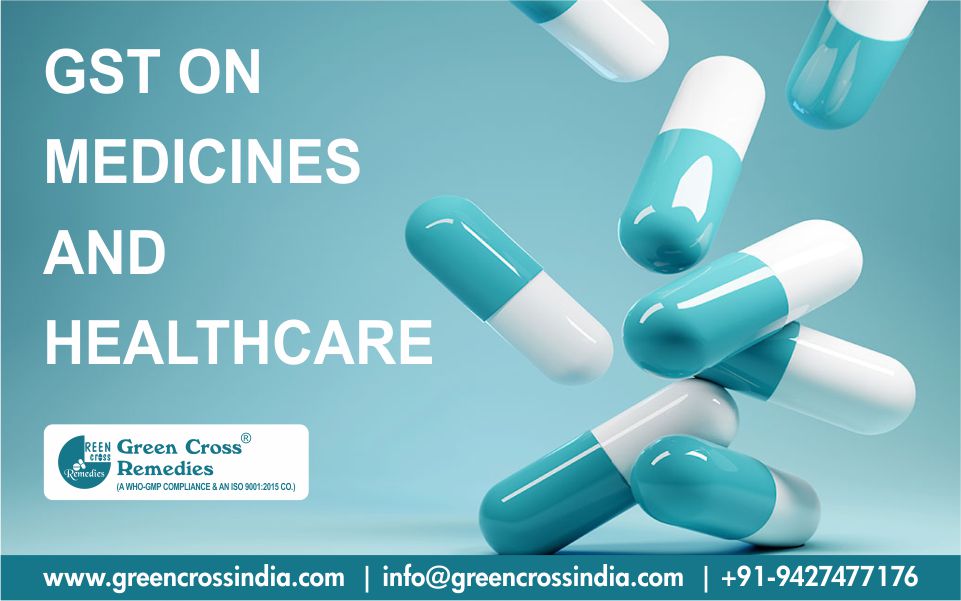Understanding GST on Medicines: Key Insights

GST on Medicines
The Goods and Services Tax (GST) regime in India aims not only to simplify indirect taxation but also to improve public healthcare affordability. Core healthcare services remain exempt, while GST on medicines and vision products has been rationalised to reduce treatment costs. At the same time, higher GST on harmful products like tobacco supports preventive healthcare measures.
Introduction to GST on Medicines
Healthcare services provided by doctors, hospitals, and diagnostic centres are fully exempt from GST. For medicines, the government reduced GST rates to make treatment more affordable and ensure essential drugs remain accessible.
Understanding GST Rates for Medicines
Below is a summary of GST % applicable on different categories of medicines and healthcare products:
| Category | GST Rate | Details |
|---|---|---|
| Essential & Life-saving Medicines | 0% / Nil | Cancer drugs, HIV drugs, vaccines, rare disease medicines |
| Most Medicines & Drugs | 5% | Reduced from 12% → 5% to cut treatment costs |
| Pharmaceutical Job Work | 5% | Earlier 12% → reduced to 5% for manufacturing services |
| Vision Correction Products (Spectacles, Lenses) | 5% | Reduced from 12% → 5% to make eyewear affordable |
| Healthcare Services (Doctors, Hospitals, Diagnostics) | Exempt (0%) | No GST applicable |
| Harmful Products (Tobacco & Related Goods) | 40% | Kept at highest slab to discourage use |
Standard GST Rates Applicable
The standard GST rate for most medicines is 5%, reduced from 12% in earlier years. This change has directly lowered treatment costs across India.
Zero Rating for Essential Medicines
Life-saving drugs and essential medicines are placed under Nil GST. This ensures affordability for treatments like cancer, HIV, and rare disease therapies.
Impact of GST on Medicine Prices
- Reduced out-of-pocket costs for patients and families.
- Affordable long-term treatment for chronic illnesses.
- Improved access to medicines in rural and low-income areas.
- Support for India's role as the Pharmacy of the World through affordable generics.
Compliance for Businesses
Businesses in the pharma sector must:
- Classify medicines correctly under HSN codes.
- File GST returns on time to avoid penalties.
- Claim eligible Input Tax Credit (ITC) on raw materials and job work.
- Maintain accurate invoices and comply with e-invoicing rules where applicable.
Conclusion
GST reforms on medicines and healthcare products show a patient-focused policy: **Nil / 5% GST on essential items** makes treatment affordable, while **40% cess on harmful goods** discourages unhealthy consumption. This balance helps protect public health while supporting India’s pharmaceutical growth globally.